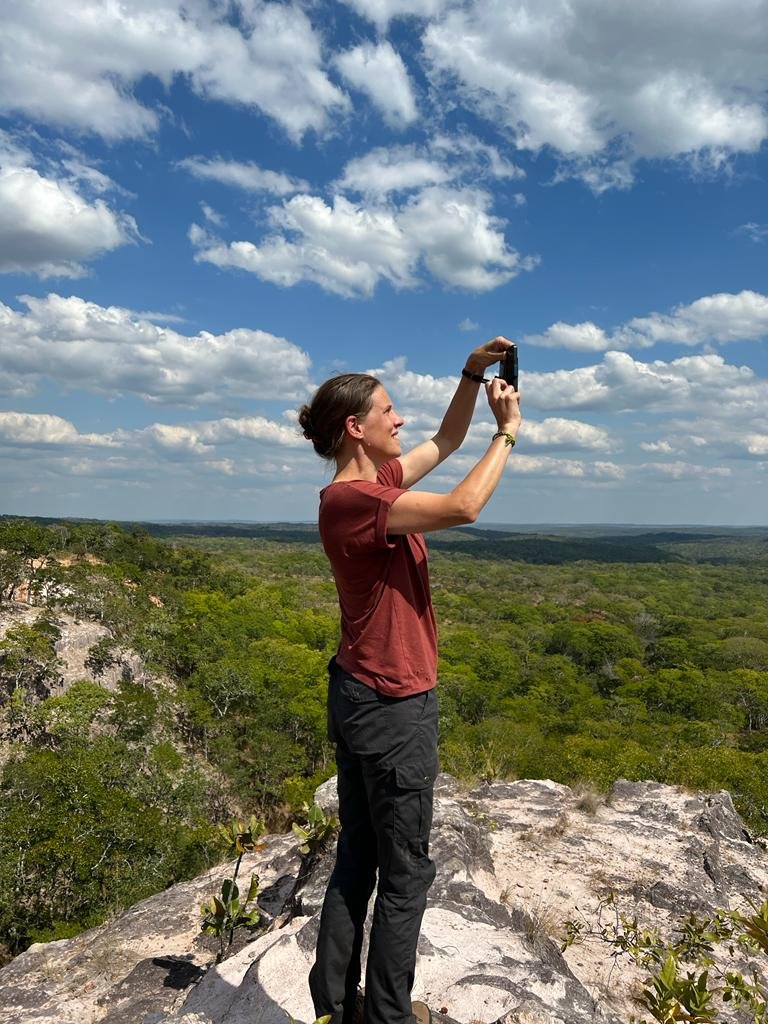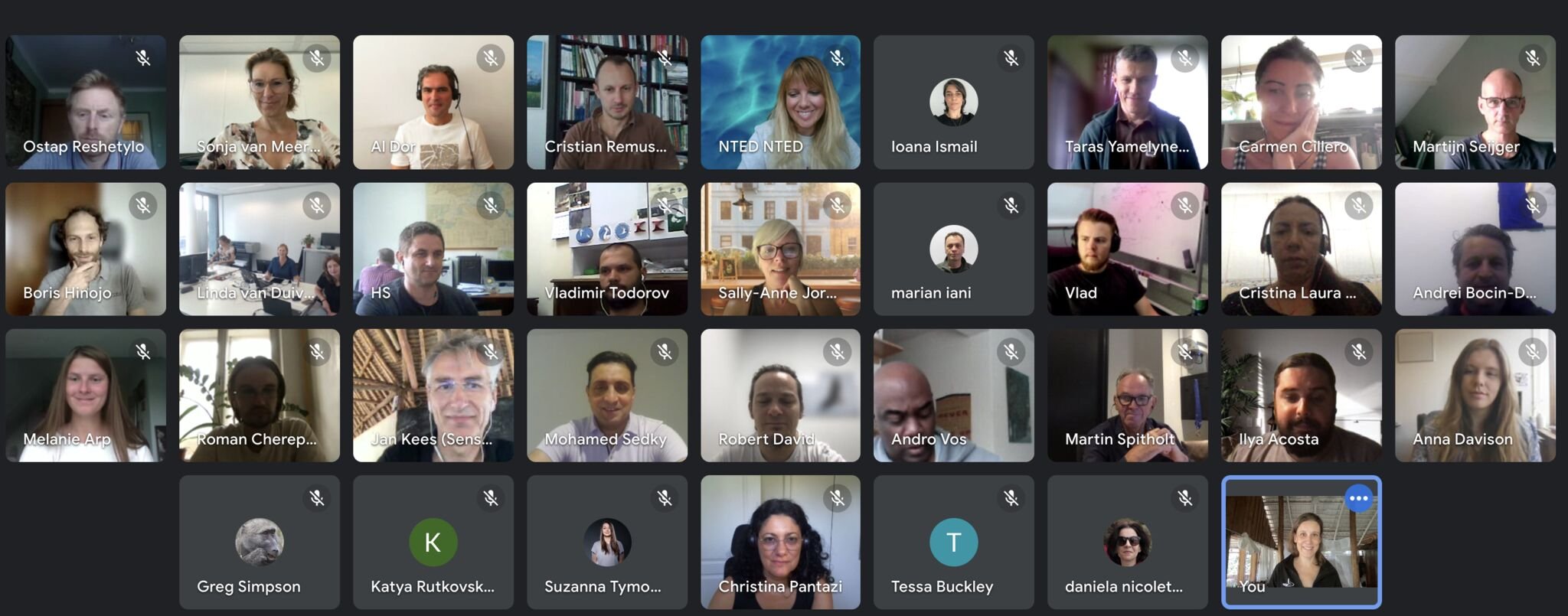NEWS & BLOG

HOW CAN DATA AND TECH HELP NATURE CONSERVATION?
With 12 Consortium Members, the Nature FIRST project operates under coordination of Sensing Clues – a non-profit organisation with impressive experience in developing solutions for monitoring various species and implements it within Nature FIRST. This post will explore why Nature FIRST is needed now, how the experience of Sensing Clues helps the project, and what the main challenges are which the team should tackle.

HOW CAN GEODIVERSITY RESEARCH HELP IN PRESERVING BIODIVERSITY
Geodiversity is the abiotic diversity of Earth, i.e. the variety of minerals, rocks, fossils, soils, sediments, landforms, topography and hydrological features such as rivers and lakes. It is a part of human's lives as it is geodiversity which empowers progress and technological revolutions, provides raw materials and energy sources and far more.

MAMBO: NEW TECHNOLOGIES FOR REMOTE BIODIVERSITY MONITORING
We are happy to share some news about the project MAMBO, Nature FIRST’s sister project!
MAMBO project aims to develop, test, and implement enabling tools for monitoring conservation status and ecological requirements of species and habitats for which knowledge gaps still exist.

THE IMPACT OF THE WAR IN UKRAINE ON BIODIVERSITY AND NATURE CONSERVATION
War affects the natural world in ways that can often be overlooked. From ancient times to the present day, wars have always had a profound impact on the environment, causing long-lasting and far-reaching damage to ecosystems, wildlife, and natural resources. This takes place in the form of fires, deforestation, pollution, planted landmines and the abandonment of sites that need protection or become dangerous, among others. With modern warfare, the destruction has only become more severe. Join us for a conversation with Ostap Reshetylo, project manager at our network partner’s World Wildlife Fund Ukraine, to learn more about the environmental impact of the war in Ukraine, its current and future implications, and what can be done.

WHY PREDICTIVE DATA IS VITAL FOR NATURE CONSERVATION
Predictive data is prevalent across industries and disciplines, and it plays an important role in nature conservation and the prevention of biodiversity loss. By analysing and predicting patterns and trends in wildlife populations and habitats, we can make more informed decisions about how to protect and preserve natural resources. But how does it actually work? In this blog post, we explore the role of predictive data in nature conservation, and why it’s a key element for Nature FIRST.

POWER OF DYNAMIC DATA FOR DIGITAL TWINS: AN INTERVIEW WITH KOEN DE KONING
To prevent biodiversity loss, we need information about endangered species: where they live and how they move. In other words, we need data about habitat areas and migration routes. But how can one accurately track wild animals? Join us for a chat with Koen de Koning to find out.

HOW COP15 CONTRIBUTES TO BIODIVERSITY CONSERVATION
Last year ended with a historical deal on preserving biodiversity. COP15 leaders signed the Kunming-Montreal Global Biodiversity Framework that should help to protect 30% of the planet and 30% of degraded ecosystems by 2030. Why was it difficult to agree? What are the main targets? How will the progress be monitored? Read the article to find out.

NATURA 2000: WHAT IS IT AND WHY IS IT SO IMPORTANT?
Natura 2000 is the largest coordinated network of protected areas in the world, covering over 18% of the EU land area and more than 8% of its sea territory. With biodiversity declining throughout the world, these sites offer a haven to Europe’s threatened species and habitats. Join us to explore the history of Natura 2000, why it is so important, what it has achieved so far and how it relates to the Nature FIRST project.

NATURE FIRST: THE PROJECT IS BORN, AN INTERVIEW WITH SONJA VAN MEERBEEK
How was Nature FIRST born? How did it become a Horizon Europe project? What are its goals beyond the current scope? And how can people get involved? Join us for a chat with Sonja van Meerbeek, Managing Director of the Sustainable Scale-Up Foundation and Nature FIRST Executive Board Member, as she answers all of these questions.

STAFFORDSHINE UNIVERSITY UNIVERSITY PARTNERS WITH NATURE FIRST TO PROTECT BIODIVERSITY
Staffordshire University, an award-winning British public university, has joined Nature FIRST as a Consortium Member. Over the next three years, together with 12 global partners, they will develop tech solutions based on forensic intelligence and remote sensing technologies for nature conservation.

PROJECT KICK OFF
In August 2022, along with many of our stakeholders, we celebrated the kick off event for the project Nature FIRST.

NATURE FIRST: THE TRAILER
We are proud to present the trailer for Nature FIRST, a Horizon Europe project funded by the European commission that aims at developing predictive, proactive and preventative tools for nature conservation in Europe and beyond.
